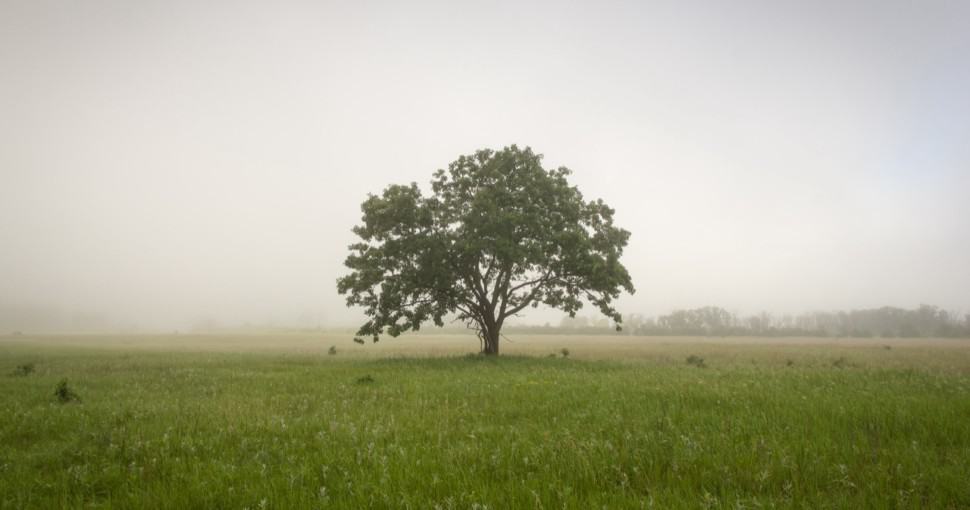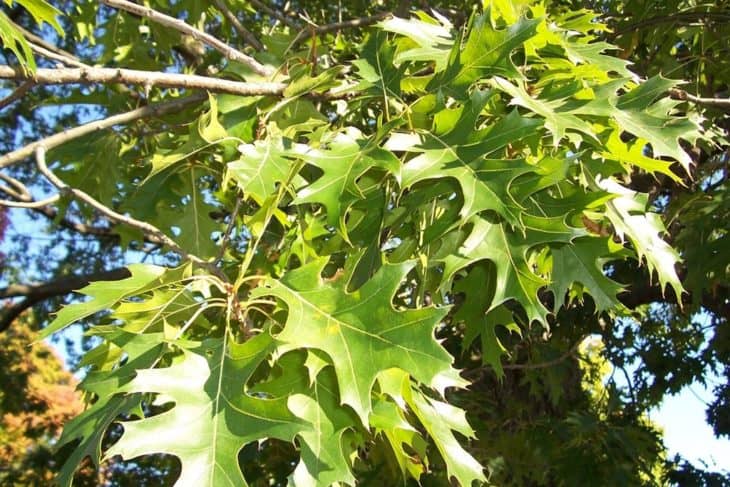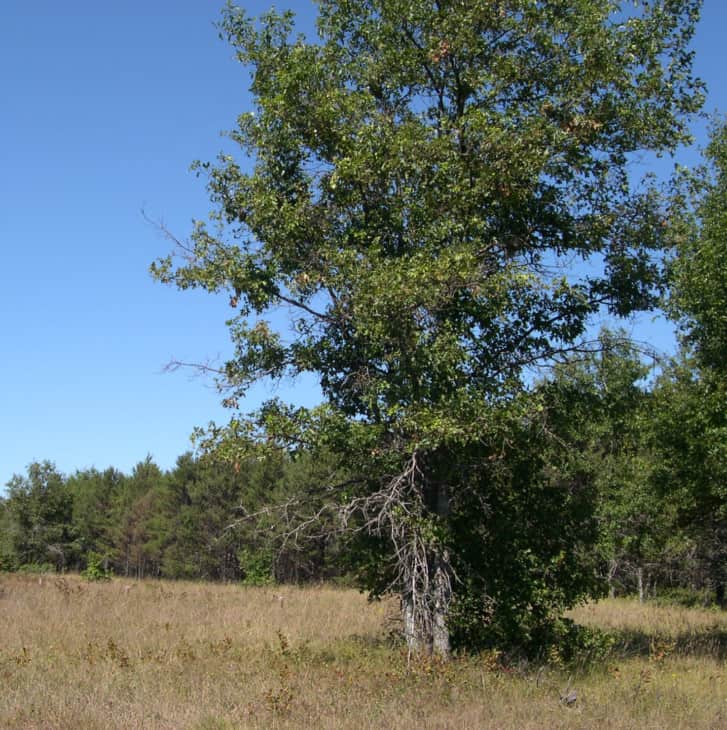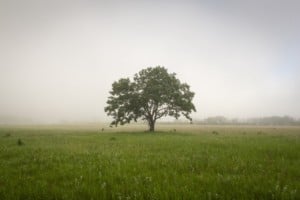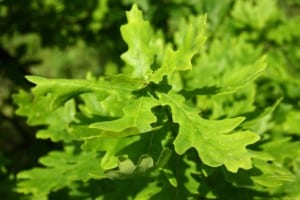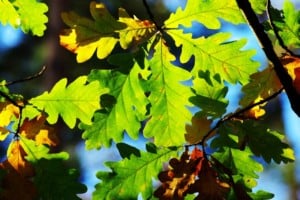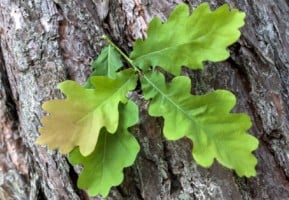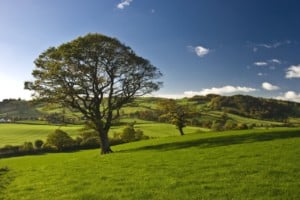There are many different oak trees growing all across Minnesota, offering this state a gorgeous green cover for particularly sunny days. If you’re considering growing an oak tree in your backyard, that’s a great idea! To make sure your tree grows well, you should pick an oak tree that is native to Minnesota. Let’s learn all about them today!
Contents
- 1. Red Oak (quercus rubra)
- 2. Northern Pin Oak (Quercus ellipsoidalis)
- 3. Bur Oak (quercus macrocarpa)
- 4. White Oak (Quercus alba)
- 5. Chestnut Oak (Quercus michauxii)
- 6. Swamp White Oak (Quercus bicolor)
- 7. Chinkapin Oak (quercus muehlenbergii)
- 8. Champion Oak (Quercus rubra)
- 9. Black Oak (Quercus velutina)
Planting a tree on your lawn isn’t quite as simple as sowing some seeds and watering them every day. You will need to plan it out carefully and ensure you pick out the right species of the oak tree to grow. Some important factors to look into are the maximum tree height you want and the soil conditions of your land. Moreover, your preferred species of oak should be native to Minnesota so it will have the best chances of growing and flowering under your current weather conditions.
Minnesota has a continental climate, and its location in the Upper Midwest of the United States allows it to experience a wide variety of different weathers. Each of the four seasons has its own distinct characteristics in Minnesota and this directly impacts your oak growth. The state gets frigid cold winters, with the temperature falling to 4.3*F in January. It also receives up to 170 inches of snow annually.
On the other hand, the summers are rather hot and humid, and the temperature rises to 83.3*F in July. Luckily, these weather conditions work well for oak trees and they thrive in Minnesota. Oak populations can be found all across the state, but White Oak trees are especially concentrated in southeastern Minnesota, going up to the Minnesota – St. Paul area.
Today, we’ll discover the many types of oaks trees that are native to Minnesota and their distinguishing features.
1. Red Oak (quercus rubra)
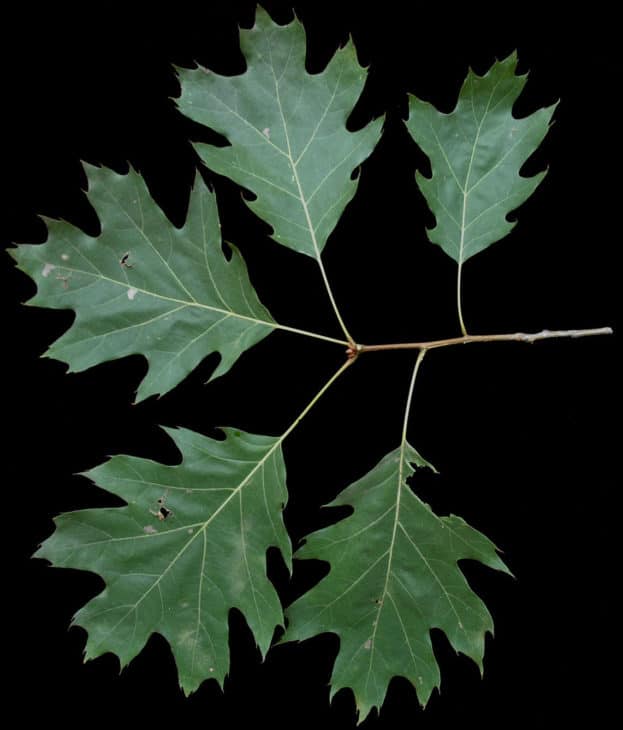
Red Oak trees are among the most common type of native oak trees in Minnesota. They are easily recognizable due to their dull green leaves with alternate buds that have toothed lobes. These buds are quite thick and pointy at the treetop. These trees also have large acorns that mature as the tree turns two years of age. The Red Oak gets its name due to its ability to turn a stunning shade of bright red during fall.
2. Northern Pin Oak (Quercus ellipsoidalis)
Northern Pin Oak trees are mostly found in the southeastern part of the state, which doesn’t really coincide with their name. These trees have a narrow, open-form crown and reach heights of over 65 feet. The bark is a gray-brown color and the tree has drooping branches with reddish-brown acorns. Its leaves grow about 6 inches in length and have seven, bristled lobes.
3. Bur Oak (quercus macrocarpa)
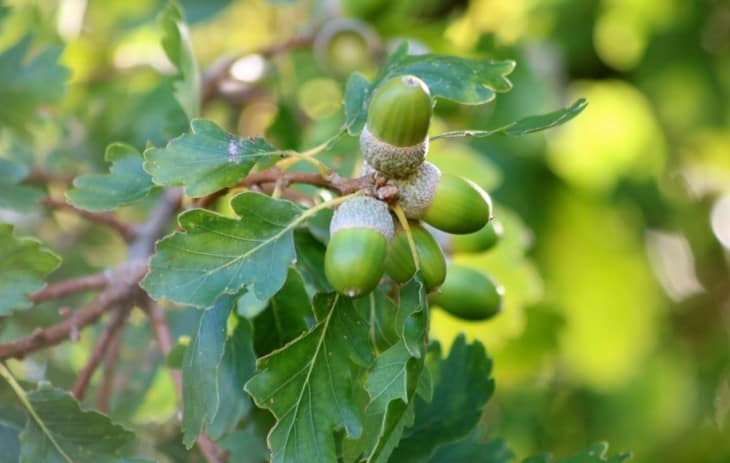
The Bur Oak tree grows to magnificent heights of over 80 feet at maturity under the right soil and weather conditions. Their bodies are short, but the crown is large and expansive. They have gray bark and grow deeply set acorns. The leaves of the Bur Oak are rather unique, as they are wide at the end and become thinner near the stem. Hence, they serve well as shade trees in parks, yards, and other large spaces.
4. White Oak (Quercus alba)
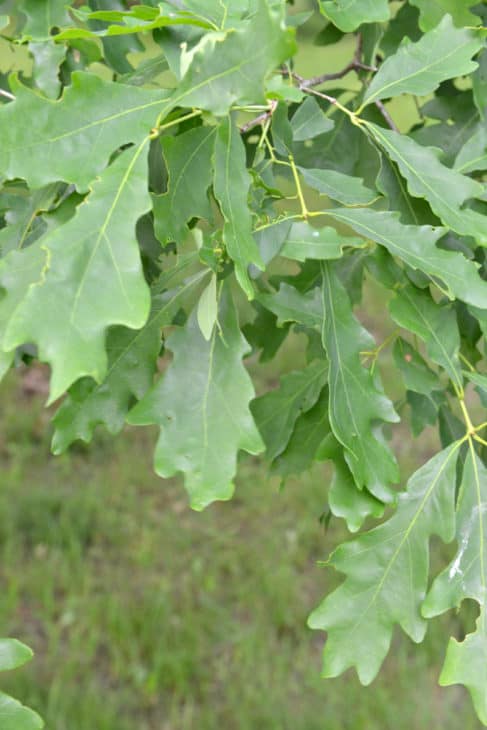
The White Oak population stays within southeastern Minnesota, with these trees being nearly absent in the northern and western parts of the state. They grow to heights of 80 feet and have rounded, wide crowns with oddly placed branches. Their bark is light gray and the leaves are separated into numerous lobes, growing over 9 inches long. The White Oak is among the preeminent hardwoods of North America and is considered a prized landscaped specimen.
5. Chestnut Oak (Quercus michauxii)
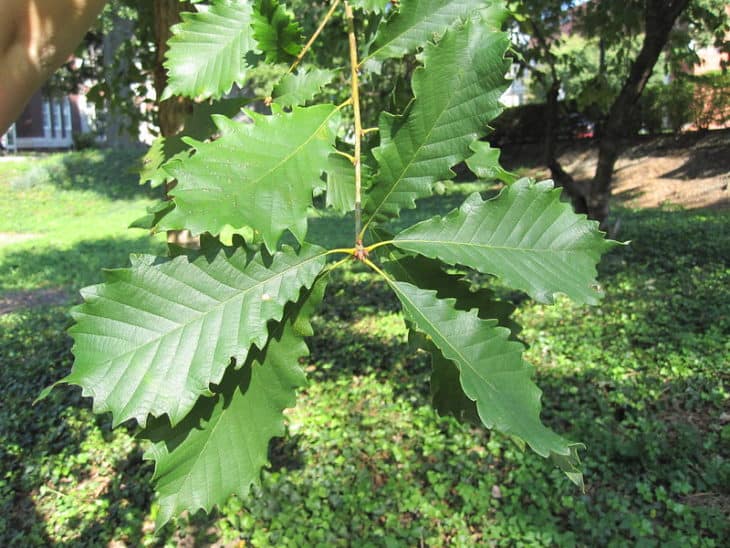
Also found in the southeastern region of Minnesota, Chestnut Oak trees grow over 100 feet in height, putting them on the list of the tallest trees in the state. The size and shape of their crowns depend on the space they receive to grow in. In dense forests, Chestnut Oak trees have narrow crowns but in open areas, the crowns grow a beautiful wide, rounded shape. These trees have light gray barks and small, brown acorns.
6. Swamp White Oak (Quercus bicolor)
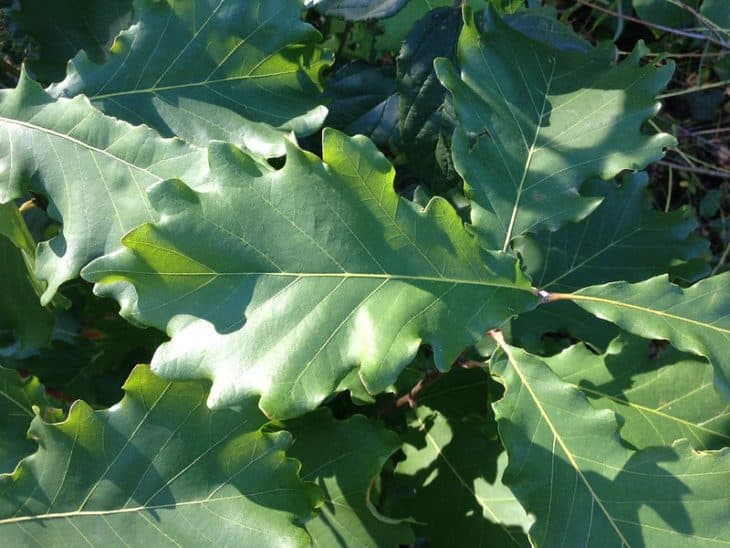
The Swamp White Oak can be a great addition to your backyard as this tree stands out due to its unique features. It grows up to 60 feet at maturity and has pear-shaped leaves with alternate buds that are wedged at the base. The upper leaves of a Swamp White Oak are a shiny dark green color, and the underside is grayish. This tree casts a dense shade within 10 years of planting, making it an ideal choice.
7. Chinkapin Oak (quercus muehlenbergii)
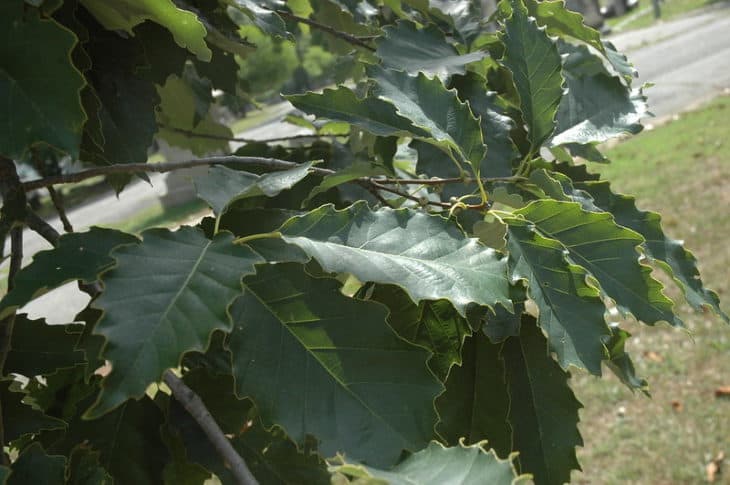
Also called the Yellow Chestnut Oaktree or the Rock Oaktree, the Chinkapin Oak was used by early pioneers for split-rail fences and construction lumber. It has oblong, dark yellowish-green leaves and grows in a rounded shape. This tree has the ability to adapt to different soil conditions but prefers at least 6 hours of unfiltered sunlight each day. It has a medium growth rate, reaching a maximum height of 50 feet with a 60 feet spread.
8. Champion Oak (Quercus rubra)
These trees are found all across Minnesota and grow up to heights of 80 feet. The Champion Oak has a long, narrow crown with dark brown or gray bark. It produces large, green acorns that hang from its stems, and its leaves grow up to 9 inches, having nine lobes. The leaves have jagged edges and turn a beautiful bright red during fall, giving the tree its name.
9. Black Oak (Quercus velutina)
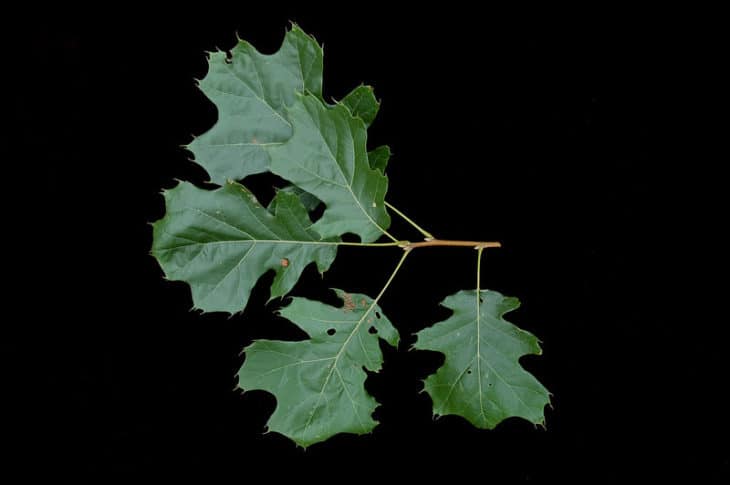
Living around 4800 to 5500 years, the Black Oak is the country’s most ancient type of oak tree. They get their name from their dark barks that look almost black in color and have deep, straight furrows running along the trunk with horizontal breaks. These trees are slow-growing but can achieve 2 – 3 feet a year on highly fertile soil with plenty of moisture availability. Black Oak trees reach heights of 60 feet and have an open crown.

